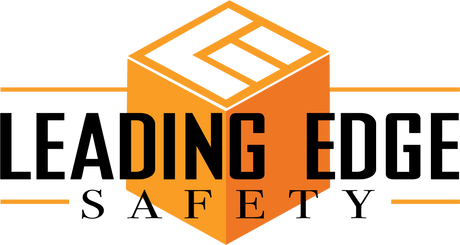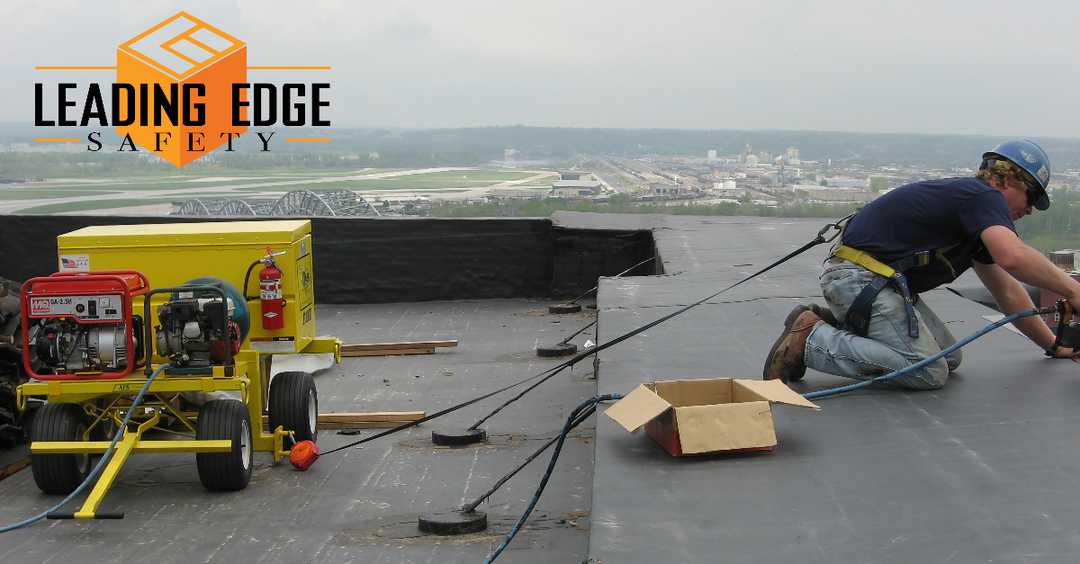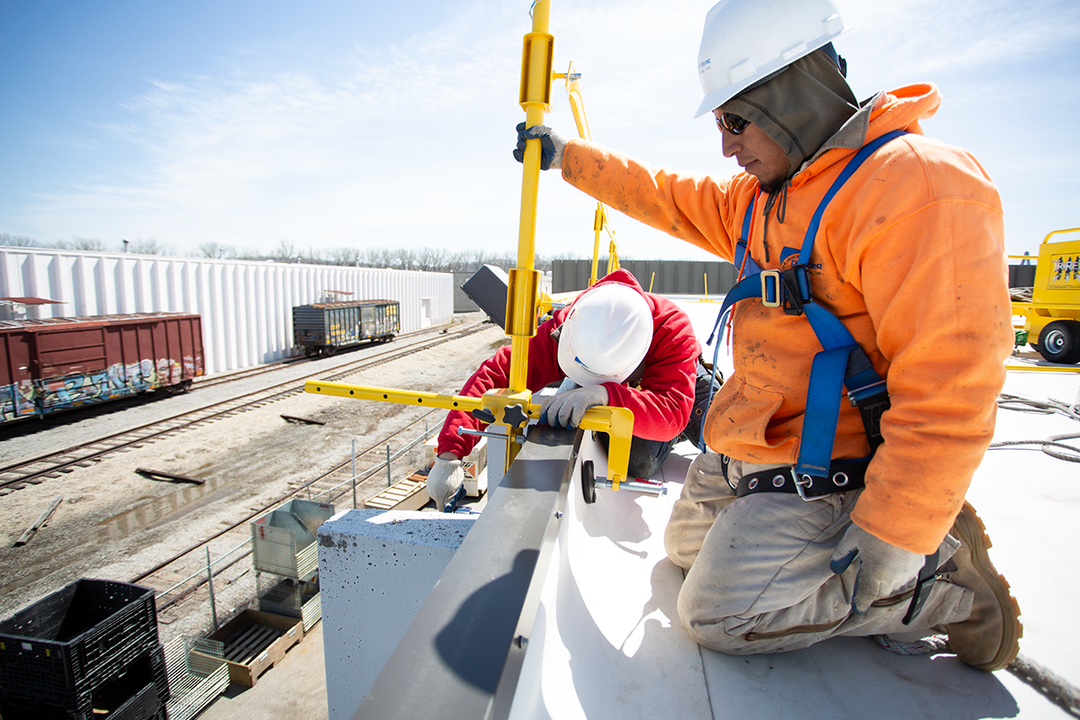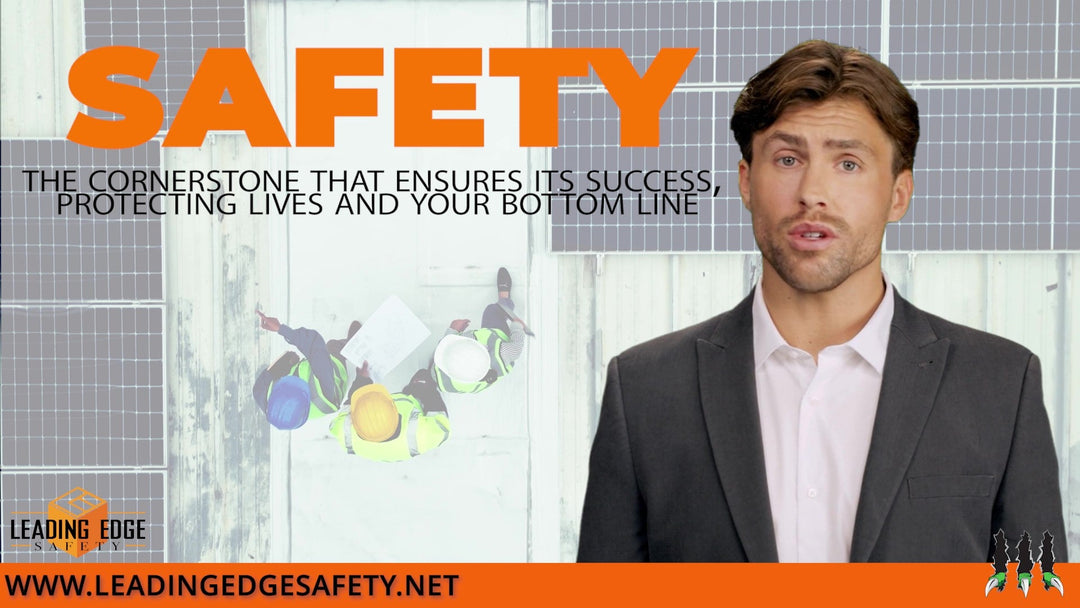Solutions for Common Hazards on Flat Roofs
Flat roofs are a common feature in commercial and industrial buildings, providing a cost-effective way to cover large areas. However, they also present unique hazards that workers must be aware of when performing maintenance, repair, or installation work. In this blog post, we will discuss the most common hazards workers face when working on flat roofs.
1. Skylights
Skylights are a popular addition to flat roofs, allowing natural light to enter the building. However, they also pose a significant hazard to workers. Skylights are often made of tempered or laminated glass, which can be difficult to see when working on the roof. Additionally, skylights may be covered in dirt, leaves, or snow, further obscuring them from view.
Workers can easily fall through a skylight if they step on it or lean against it. To avoid this hazard, workers should always assume that skylights are present and take extra precautions when working near them. This can include using safety harnesses, installing temporary barriers around the skylight, or covering the skylight with plywood or a safety grate.
2. Roof Edges
Roof edges are another common hazard for workers on flat roofs. The edges of the roof can be slippery, uneven, or unstable, making it easy for workers to lose their balance and fall off the roof. Roof edges can also be difficult to see, particularly if they are obscured by vegetation or debris.
To prevent falls from roof edges, workers should always use fall protection equipment, such as safety harnesses and guardrails. They should also be trained in proper ladder safety and use caution when working near the edge of the roof.
3. Open Penetrations
Open penetrations are openings in the roof surface that allow access to the building's interior, such as vents, pipes, or HVAC units. These openings can be hazardous to workers if they are not properly secured or covered. Workers can easily trip or fall into an open penetration, or be injured by sharp or protruding edges.
To minimize the risk of injury from open penetrations, workers should always be aware of their location and take care when working near them. Workers should also ensure that open penetrations are properly covered or barricaded when not in use.
4. Weather Conditions
Weather conditions are another hazard that workers must be aware of when working on flat roofs. Wind, rain, and snow can make the roof surface slippery and difficult to navigate. Extreme heat or cold can also pose health hazards to workers.
To avoid weather-related hazards, workers should monitor weather conditions and reschedule work if necessary. They should also wear appropriate clothing and use caution when working in adverse weather conditions.
Working on a flat roof can be a hazardous task, requiring workers to take extra precautions to ensure their safety. By being aware of the common hazards, such as skylights, roof edges, open penetrations, and weather conditions, workers can minimize the risk of injury and ensure a safe work environment. Employers should provide adequate training, safety equipment, and work procedures to protect workers from these hazards. By working together, we can make flat roof work safer for everyone involved.
